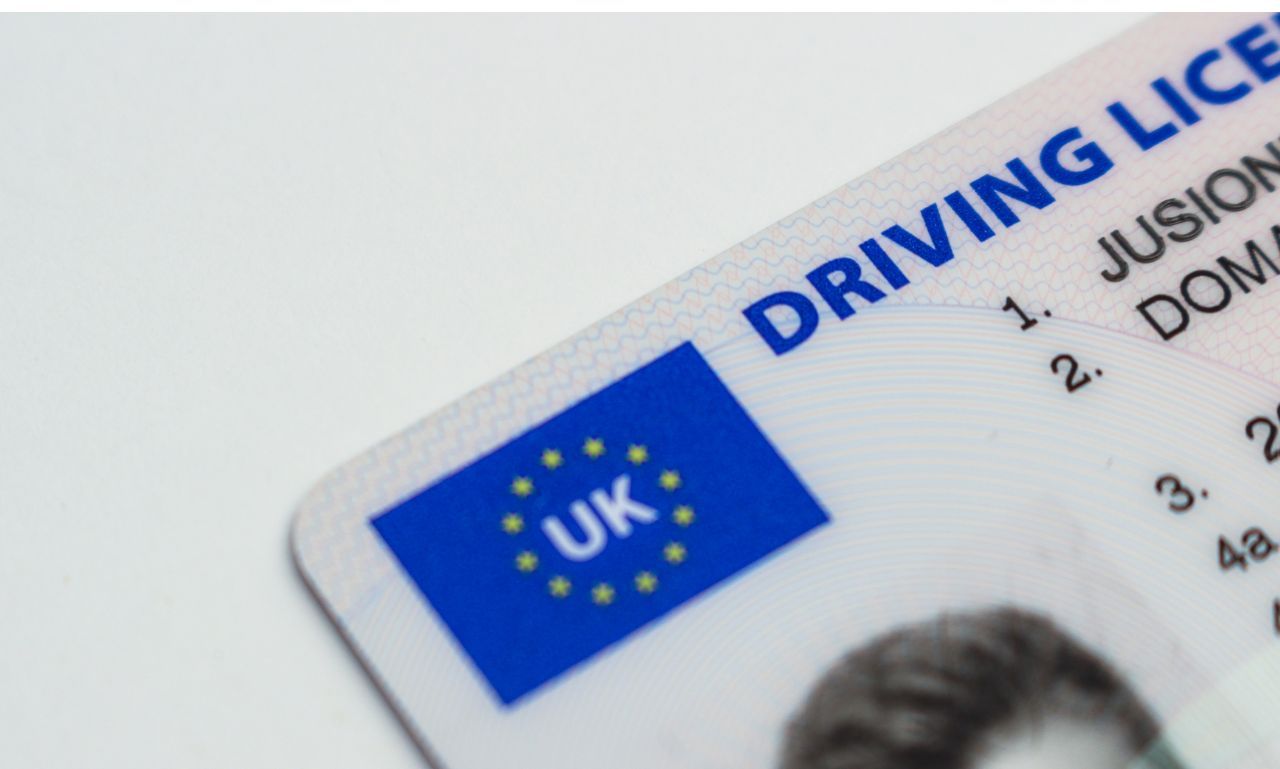In legal and financial jargon, one term that often comes up, especially during legal proceedings, is "unsecured bond." You might find yourself asking, "What is an unsecured bond?" If you or a loved one gets involved in a legal situation, understanding terms like unsecured bonds is crucial. Navigating through bail procedures can feel intimidating, but understanding concepts such as unsecured bonds can simplify the process significantly. This comprehensive guide aims to provide you with a complete understanding of what an unsecured bond is, how it works, and its implications in the criminal justice system.
Whether you are trying to understand how to secure a release from jail while awaiting trial or want to grasp the financial guarantees involved in legal proceedings, this article will guide you through unsecured bonds, their role, benefits, drawbacks, and more. By the end, you will clearly understand what an unsecured bond is, why it might be a suitable option, and the key differences between this and other types of bonds.
What Does an Unsecured Bond Mean?
An unsecured bond, also known as a signature bond, is a type of bond used in the bail system to secure the temporary release of a defendant. Unlike a secured bond, which requires physical assets or cash payment as collateral, an unsecured bond does not require any collateral upfront to guarantee release. Instead, the defendant simply signs an agreement promising to pay a specified sum if they fail to appear in court as required. This form of bond relies on the court’s trust in the defendant's promise.
Think of an unsecured bond as a handshake agreement—although legally binding—that allows a defendant to be released from custody without providing immediate collateral. This agreement becomes payable only if the defendant fails to fulfill their obligations, such as showing up for trial or following other conditions set by the court. As such, unsecured bonds are attractive for individuals who don’t have readily available assets but still want to secure their release during the legal process.
Distinction Between Unsecured and Secured Bonds

Understanding the difference between unsecured bonds and secured bonds is essential when navigating the bail process. Secured bonds require tangible assets—such as property, cash, or bail money paid to a bail bondsman—as collateral to guarantee the defendant’s release. If the defendant fails to appear in court, the posted collateral can be forfeited. This can involve significant financial obligations.
In contrast, unsecured bonds do not require upfront collateral. Instead, the defendant agrees to pay a fixed amount if they fail to meet their bail conditions. Although this promise is legally enforceable, unsecured bonds represent a lower initial financial burden, particularly for individuals who lack tangible assets.
To summarize:
Characteristic
Secured Bond
Unsecured Bond
Collateral Requirement
Yes (cash, property)
No
Immediate Payment
Yes
No
Risk to Defendant’s Assets
High
Low (initially)
Financial Responsibility
Upfront
Contingent on court failure
The Role of Unsecured Bonds in the Bail Process
Unsecured bonds play an essential role in the bail process, especially for individuals without substantial financial resources or assets. These bonds are typically used when a judge determines that the defendant poses a minimal flight risk and has demonstrated responsible behavior. For many defendants, an unsecured bond can be the key to staying out of jail until their trial, allowing them to continue their work and family responsibilities in the meantime.
How Unsecured Bonds Are Utilized in Bail Applications
The utilization of unsecured bonds in bail procedures varies by jurisdiction, but the main principle remains the same: the court extends trust to the defendant. Courts assess the likelihood that a defendant will attend all future court dates. If the defendant appears trustworthy—due to community ties, employment, or other factors—an unsecured bond may be granted.
The decision largely hinges on the judge's assessment of several factors, including the severity of the charges, the defendant's criminal history, and community ties. The goal is to balance allowing an individual the opportunity to secure their temporary release and ensuring they return for their trial.
Assessment of Financial Responsibility
Before issuing an unsecured bond, courts typically conduct an assessment to gauge the financial responsibility of the defendant. This assessment is crucial because the bond effectively acts as insurance. Should the defendant not comply with the court’s orders, they will be liable for the bond amount. Courts may look at the defendant's employment status, income, and overall financial situation to determine their ability to repay if needed.
Qualifications for Obtaining an Unsecured Bond
Not every defendant qualifies for an unsecured bond. Several key factors are taken into account by the court to determine eligibility:
- Flight Risk: The court will assess whether the defendant is likely to flee. Individuals with stable employment, family obligations, and community ties are more likely to be eligible for an unsecured bond.
- Criminal History: Prior offenses, particularly those involving failure to appear in court, can negatively impact eligibility.
- Nature of Charges: Serious felonies often do not qualify for unsecured bonds.
- Community Ties: Strong community connections, such as family, employment, and volunteer activities, improve the likelihood of being granted an unsecured bond.
The Impact of Prior Criminal History
The defendant's criminal history significantly impacts their eligibility for an unsecured bond. Courts use past behavior as a predictor of future actions. Individuals who have a record of missing court dates or committing new offenses while out on bail are far less likely to receive an unsecured bond. On the other hand, individuals with a clean criminal history or minor offenses are generally seen as more reliable candidates.
The Application Process for Unsecured Bonds
If you believe you or a loved one may qualify for an unsecured bond, understanding the application process can help make the experience more manageable:
Steps to Apply
- Initial Court Appearance: During your first court appearance, your criminal defense lawyer will request an unsecured bond on your behalf.
- Judge’s Evaluation: The judge reviews your case, community ties, and criminal history to decide whether you are a suitable candidate.
- Bail Hearing: A formal bail hearing may take place where your lawyer will argue in favor of an unsecured bond, highlighting factors like your employment and community involvement.
- Court Decision: The judge will approve or deny the unsecured bond based on the information provided.
Documentation Required

Although unsecured bonds do not require upfront collateral, several documents may still be required to demonstrate credibility:
- Identification: A valid photo ID is mandatory.
- Proof of Residence: Documents like utility bills or a rental agreement may be needed.
- Employment Verification: Pay stubs or a letter from your employer to confirm your employment.
- Character References: References from community members can support your reliability.
Conditions and Terms Associated with Unsecured Bonds
Typical Terms of Release
Once granted an unsecured bond, defendants are subject to various conditions that must be adhered to in order to remain in compliance. These conditions vary but may include:
- Regular Court Appearances: Attending all scheduled court dates is mandatory.
- Travel Restrictions: Defendants may be required to remain within a specific area.
- No Contact Orders: Restrictions may be placed on contacting individuals related to the case.
- Pretrial Check-ins: Some defendants are required to regularly check in with pretrial services or officers.
Responsibilities of the Defendant
When out on an unsecured bond, the defendant must comply with all bond conditions. Failure to do so could result in severe consequences, including re-arrest, additional criminal charges, and financial penalties.
Benefits of Unsecured Bonds
Accessibility for Individuals Without Assets
Unsecured bonds are particularly beneficial for individuals who lack significant assets or cash reserves. Unlike secured bonds, which demand upfront money or property, unsecured bonds allow defendants to be released on a promise to pay later. This can be a lifesaver for those without immediate access to funds or collateral.
Faster Release from Detention
Securing an unsecured bond can often be a faster process compared to arranging for a secured bond. Since there is no need to arrange collateral or transfer funds, the release process tends to be more streamlined. This means defendants can return home sooner to take care of their family and work obligations while awaiting trial.
Risks and Drawbacks of Unsecured Bonds
Financial Obligations for Defendants
Although unsecured bonds do not require upfront collateral, they do come with financial obligations. If the defendant does not comply with the terms of the bond, they will be responsible for the entire bail amount, which could lead to significant financial consequences. This makes it crucial to strictly adhere to all conditions imposed by the court.
Potential Consequences for Bail Bondsmen
Unsecured bonds also pose risks to bail bondsmen. Since there is no upfront collateral, bondsmen stand to lose significant amounts if the defendant fails to appear in court. Therefore, bail bondsmen are often hesitant to issue unsecured bonds unless they are confident in the defendant’s reliability.
Comparison of Unsecured Bonds with Secured Bonds

Key Differences and Similarities
- Collateral Requirement: The key difference between unsecured and secured bonds is the requirement for collateral. Secured bonds require tangible assets, while unsecured bonds do not.
- Risk Factor: Unsecured bonds place greater financial risk on the court or the bail bondsman, as there is no collateral.
- Accessibility: Secured bonds are more challenging for defendants without assets, while unsecured bonds are more accessible for low-risk individuals.
Situations Where One May Be Preferred Over the Other
Secured bonds are usually preferred for more severe charges or where the defendant poses a higher flight risk, as the collateral provides an additional layer of security. Unsecured bonds, on the other hand, are more suitable for cases where the risk is deemed low and the defendant is seen as trustworthy.
Conclusion
An unsecured bond provides a viable option for defendants who lack the financial means to post a secured bond. By understanding the concept of unsecured bonds, you can navigate the bail process more confidently. Though unsecured bonds carry financial risks if conditions are not met, they offer an alternative that can help defendants maintain some normalcy in their lives while awaiting trial. Whether or not an unsecured bond is right for you depends largely on your circumstances and the court's assessment of your reliability. Understanding the differences between unsecured and secured bonds will help you make an informed decision during challenging times.




